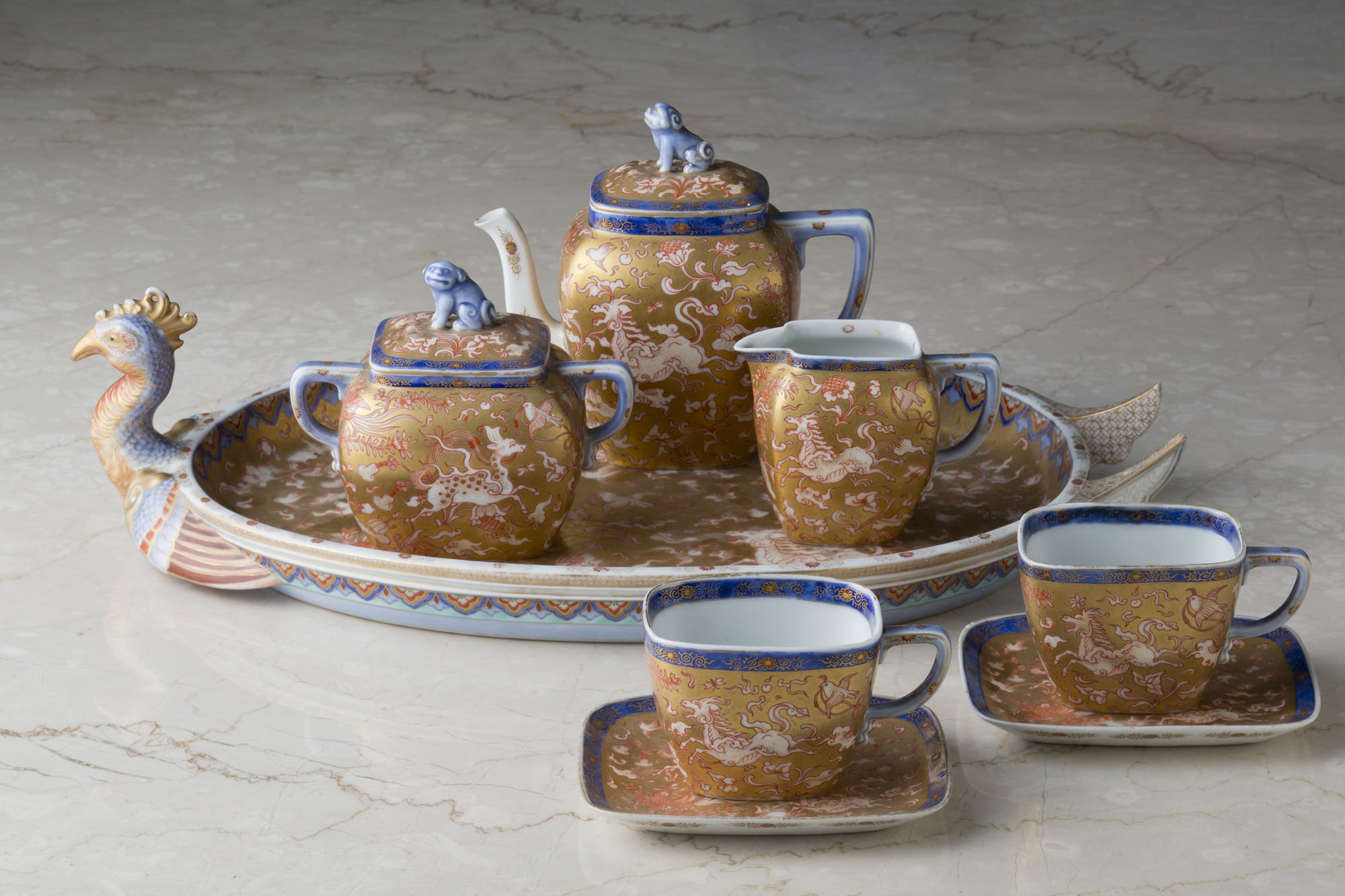This year is ostensibly the 400th anniversary of Arita-yaki (Arita ware). An Arita city webpage tells us it was in 1616 that a forcibly relocated Korean farmer, Yi Sam-pyeong, discovered the white clay kaolin and then fired Japan's first porcelain. Other scholars have dated the first firing to 1610, while a humble consensus cites Japan-based successes in the mainland tradition to the decade beginning that year. The 400th year celebration has, in fact, been ongoing in exhibitions since the late 1990s.
One of the latest exhibitions, "The Compelling Beauty of Arita Ceramics in the Age of the Great International Expositions," currently showing at The Museum of Ceramic Art, Hyogo, focuses on late 19th-century developments in porcelain and the ascendency of Japan's domestic production to become a prestigious international export.
Arita in Hizen (partly in modern-day Saga and Nagasaki prefectures), Kyushu, developed Korean porcelain manufacturing based on Chinese influences that date from the techniques and designs of the 11th-century kilns of Jingdezhen, China. Japan's initial production was small-scale, for domestic consumption, and produced by trial and error, but it became increasingly mechanized, exported and produced in qualities and quantities still being discovered. The second section of the exhibition concerns works that have returned to Japan and are compared with design-phase preparatory sketches.



















With your current subscription plan you can comment on stories. However, before writing your first comment, please create a display name in the Profile section of your subscriber account page.